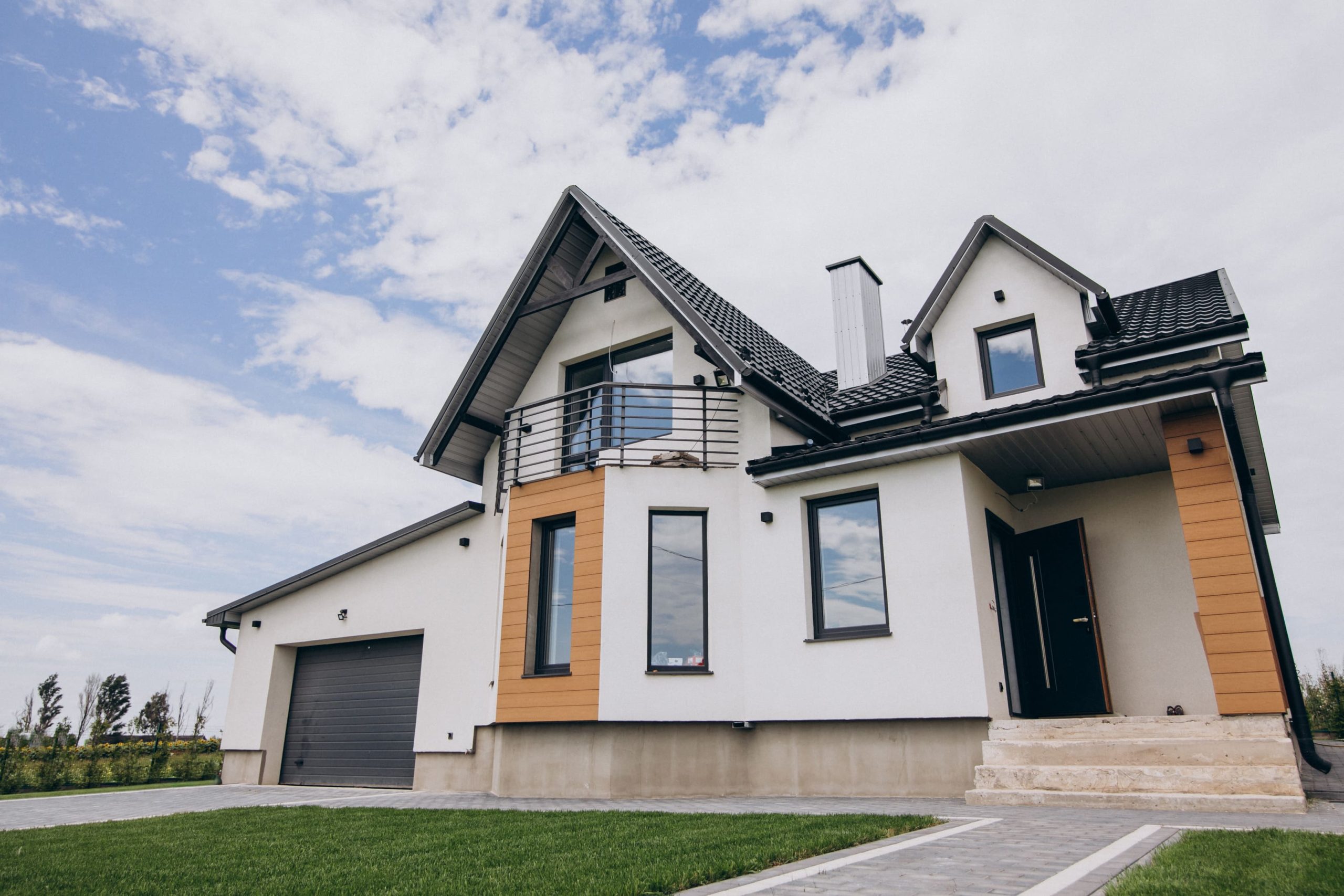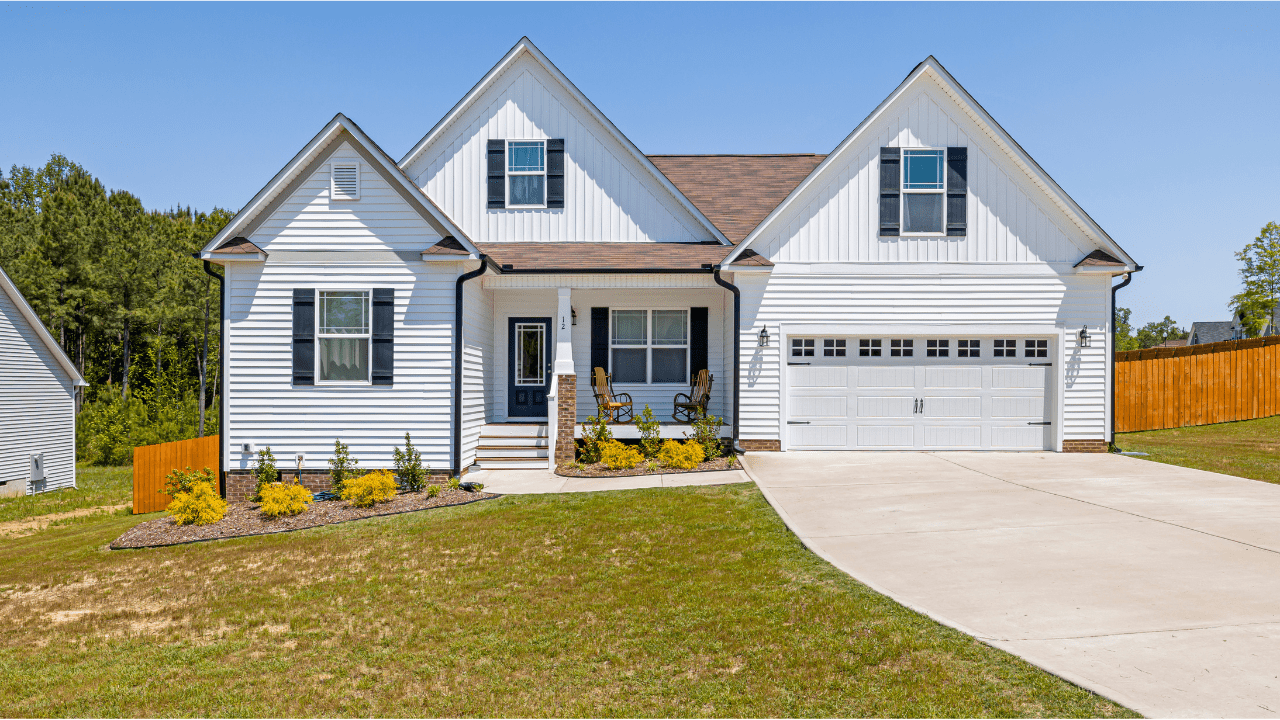Investors seeking capital preservation often turn to real estate as a reliable asset class. In this guest blog, we will explore various types of commercial real estate investments and how they can serve as a means for capital preservation. By understanding the different options available, investors can make informed decisions to protect and grow their wealth while mitigating risk.
- Residential Rental Properties:
Residential rental properties, such as single-family homes, duplexes, or apartment buildings, offer stable cash flow through rental income. The demand for housing remains relatively consistent, making residential properties an attractive option for capital preservation. By selecting desirable locations, maintaining the properties well, and securing reliable tenants, investors can preserve their capital while generating a steady income. Additionally, investing in residential properties can provide long-term appreciation potential and serve as a hedge against inflation.
- Retail Properties:
Retail properties, such as shopping centers or standalone stores, can be another avenue for capital preservation. Achieving fruitful retail investments hinges on choosing properties situated in premium locations with abundant foot traffic and ensuring the acquisition of dependable tenants. By diversifying investments across different retail sectors, such as convenience stores, grocery-anchored centers, or lifestyle retail destinations, investors can preserve capital while benefiting from consistent rental income. Additionally, incorporating long-term lease agreements with established retail tenants can provide stability and contribute to capital preservation.
- Industrial Properties:
Industrial properties, including warehouses, distribution centers, or manufacturing facilities, offer potential for capital preservation. As e-commerce and logistics industries continue to grow, the need for industrial space has surged. By making investments in strategically positioned properties that cater to the requirements of businesses in these sectors, investors can attain a stable stream of rental income and the possibility of long-term capital appreciation. Industrial properties often have longer lease terms, providing stability and contributing to capital preservation. Additionally, diversifying investments across different types of industrial properties can further enhance risk mitigation.
- Hospitality Properties:
Investing in hospitality properties, such as hotels, resorts, or vacation rentals, can provide opportunities for capital preservation. The hospitality industry, although subject to cyclical trends, offers the potential for stable income streams and capital appreciation. Well-located properties in popular tourist destinations or business hubs can attract a consistent flow of guests, ensuring steady occupancy rates and revenue. By conducting thorough market research, analyzing demand drivers, and monitoring industry trends, investors can make informed decisions to preserve capital and maximize returns in the hospitality sector.
- Multifamily Properties:
Multifamily properties, including apartment complexes or condominiums, present another avenue for capital preservation. The demand for rental housing remains robust in many markets, making multifamily properties an attractive long-term investment option. By investing in diligently managed and well-maintained multifamily properties, individuals can enjoy a consistent rental income stream and the possibility of property value appreciation over time. Additionally, investing in properties that cater to specific demographics or emerging markets can offer unique opportunities for capital preservation and growth.
- Mixed-Use Developments:
Mixed-use developments integrate residential, commercial, and retail components into a unified project, creating a harmonious blend of different space uses within a single development. Investing in mixed-use developments offers the potential for diversified income streams and capital preservation. These developments create synergies between different types of properties, attracting residents, tenants, and visitors to a vibrant and integrated community. By carefully assessing the market dynamics, location, and mix of uses within the development, investors can benefit from stable cash flows and potential appreciation across multiple asset classes.
- Real Estate Investment Funds:
Real estate investment funds collect funds from numerous investors to invest in a diversified portfolio of properties. These funds offer the advantage of professional management, access to larger-scale investments, and diversification across different property types and locations. Real estate investment funds can be structured as open-end or closed-end funds, providing varying levels of liquidity and investment horizons. By participating in real estate investment funds, investors can leverage the expertise of fund managers and gain exposure to a broader range of real estate investment opportunities, enhancing the potential for capital preservation.
- Development Projects:
Investing in development projects involves participating in the construction and development of new properties. While development projects can carry higher levels of risk, they also offer the potential for significant returns and capital preservation. Careful analysis of market demand, location, feasibility studies, and risk mitigation strategies are essential when considering development projects. Investing in well-planned and properly executed development projects can result in capital appreciation and long-term value creation.
- Commercial Office Buildings:
The traditional appeal of commercial office buildings as a means of long-term capital preservation has evolved due to the rise of remote work, which has been further influenced by the COVID-19 pandemic. To adapt to these changes, a localized approach to investing in office spaces has become necessary. While office buildings can still provide capital preservation, ongoing yield, and potential appreciation, it is essential to grasp the unique aspects of each local market.
Central Business District (CBD) office buildings have faced greater challenges due to the shift in remote work practices. The impact has varied across different markets, with some showing more resilience than others. Informed investment decisions in commercial office buildings require a careful analysis of each market’s dynamics and the demand for office space in light of the remote work trend.
By adopting a localized approach, investors can identify office buildings in markets where the demand for physical office space remains steady. In certain regions, there might be an increasing demand for flexible and collaborative office spaces to accommodate businesses adopting hybrid work models. Conversely, some markets may experience changes in office space usage, necessitating creative adaptations and repositioning of office assets.
Securing long-term leases with creditworthy tenants remains important for stability and ongoing rental income. It is crucial for investors to assess the financial strength and reliability of potential tenants, particularly during uncertain market conditions.
Despite the challenges, prudent investors can still find opportunities to preserve capital in the commercial office segment. Careful market analysis, tenant research, and an adaptable approach are vital in navigating the evolving landscape of office investments. As the situation continues to evolve, seeking expert guidance, such as that offered by Glenwood Equity, can aid in making well-informed decisions in the ever-changing real estate market.
To safeguard and grow wealth through commercial real estate investments, investors have a range of options, including residential rental properties, retail properties, and industrial properties. However, conducting thorough research, evaluating market conditions, and seeking professional advice are all crucial steps in making informed investment choices.
Consider real estate investment opportunities that align with your investment goals, risk tolerance, and time horizon. Explore co-investment opportunities or partner with reputable real estate investment companies to maximize the potential for capital preservation. Glenwood Equity, with its expertise and commitment to financial due diligence, can provide valuable insights and guidance on your real estate investment journey. Remember, diversification, careful analysis, and diligent due diligence are key to achieving capital preservation in the ever-evolving real estate market.




